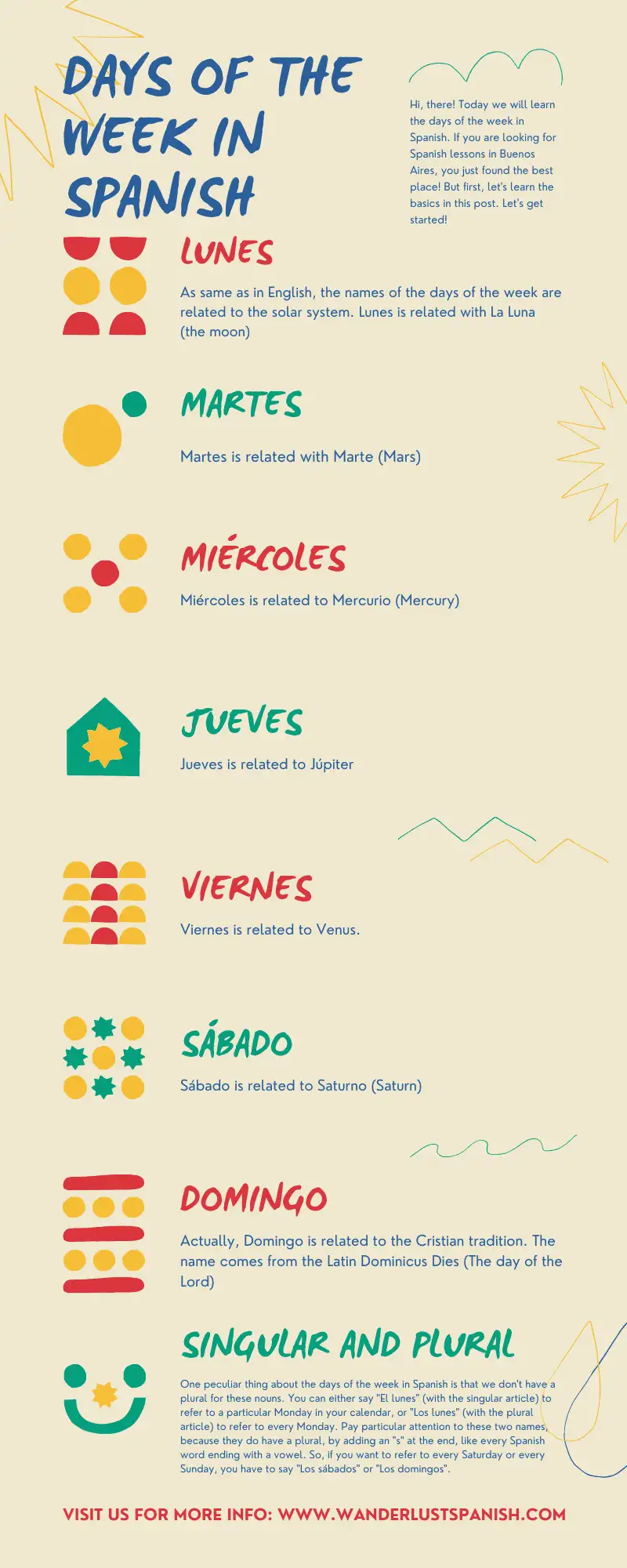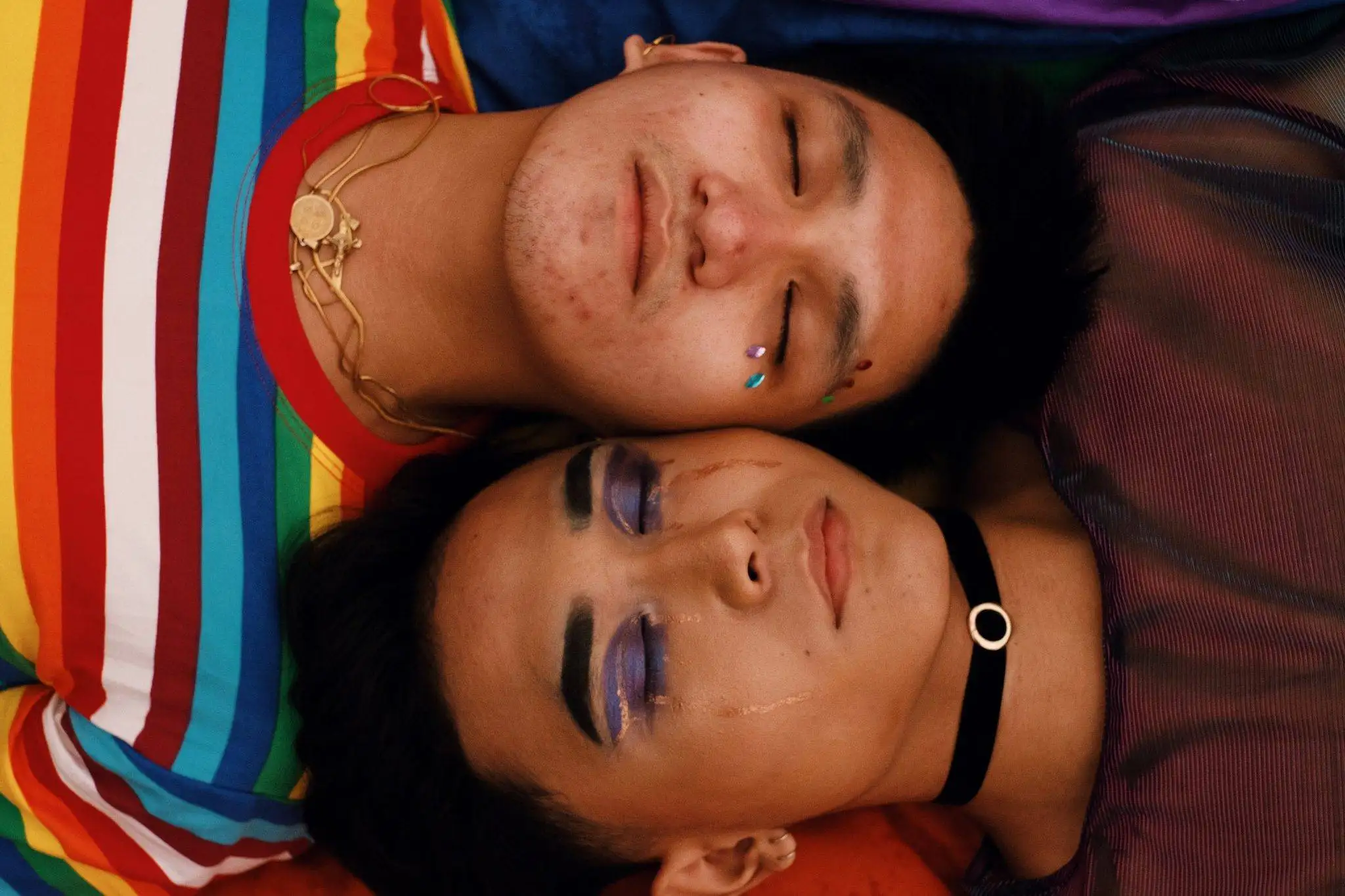Hello, Argentina Lovers! Today we will talk about Argentina Literature. That’s why we created this list, as An Introduction To Argentine Literature In 3 books. Are you ready? Let’s get started!
An Introduction To Argentine Literature In 3 books: which authors should I know?
Contents
Firstly, Argentina is very well known for its literature. Let’s name a few Argentinian authors that you should know:
- Jorge Luís Borges: He is considered one of the great figures of Spanish literature. Not only because of his works, but because of the influence he had. He was a translator, teacher, librarian, and lecturer. He was the director of the National Library of Argentina. His narrative structures alter the conventional forms of time and space to create alternative worlds of great symbolic content, built from reflections, inversions, and parallelisms. Borges’ stories take the form of riddles or powerful metaphors with a metaphysical background. He is probably the most famous Argentinian Writer.
- Julio Cortazar: Julio Cortazar was actually born in Belgium, but from a very young age he lived in Buenos Aires. He was a writer and translator (from French to Spanish). The importance of Cortazar as an excellent writer lies in the innovation that he introduced within the literary genres. Although he wrote novels, stories, poems, essays, and chronicles, the organization of his texts is not traditional. That tool made it a very important literary fact. In addition, his famous novel “Rayuela” plays the role of the reader, as it can be read in any order. He is one of the most recognized writers in Spanish of fantastic literature. Along with Gabriel García Marquez and Juan Rulfo, he was part of the Latin American “boom” of the 1960s. On YouTube, you can find his poems read by himself.
Learn Spanish in Buenos Aires with the best teachers!
- Alfonsina Storni: Alfonsina Storni was born in Switzerland but lived all her life in Argentina. She was a teacher and later devoted herself to writing. He traveled to Europe and shared meetings with writers of his time such as Federico García Lorca. In Latin America, she was one of the first writers who were encouraged to talk about feminism. And to put women’s voices in their literature. She was a single mother and argued with the men of her time about the place of women in literary and intellectual circles. Her most famous poem, “Tú me quieres blanca“, is a feminist slogan of the time (and current).

Argentine Literature: our recommendations
So, let’s see three books you should read to fully understand Argentinian literature:
- Ficciones, by Jorge Luis Borges. Ficciones is a book made up of 16 stories. Among these 16 stories we can find some of the author’s most iconic stories. For example: El jardín de los senderos que se bifurcan, Funes el memorioso, La forma de la espada, El fin and El sur.
- Historia de Cronopios y de Famas, by Julio Cortazar. This is a storybook of the fantasy genre. In it, Cortazar creates a world with characters created by him, the cronopios, the famas, and the esperanzas. At no time does he describe what these beings look like. We do know that they represent certain stereotypes of modern society. With surreal touches, lots of humor, and imagination, this work is one of the fundamental readings of Argentine literature.
- Antología Poética, by Alfonsina Storni. This book brings together a large part of his poems, from his beginnings to the end of his life. It contains the famous poems: Tú me quieres blanca, Hombre pequeñito and Buenos Aires. All three are great symbols of the feminist perspective that characterized the author at that time.
If you liked this post and want to know more about Argentinian Literature and Culture, contact us! See you on the next post!









